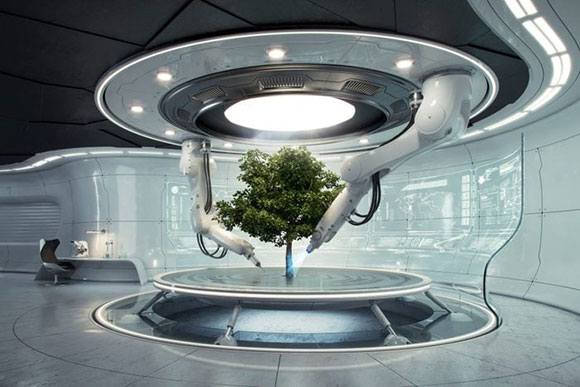#177: 3D PRINTING: PAST, PRESENT, AND FUTURE
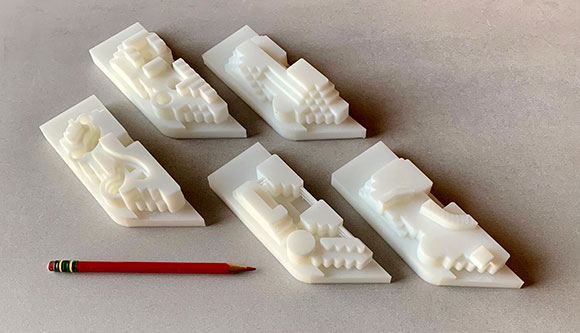
3D printed design studies for a five-story, office-to-housing conversion, Beverly Hills, by Poon Design (photo by Anthony Poon)
The technological innovation of 3D printing started with making desktop objects like a small bust of Abraham Lincoln or an architectural model. Today, 3D printing, also called additive manufacturing, offers entire homes, even a neighborhood. How did all this start and where does it go?
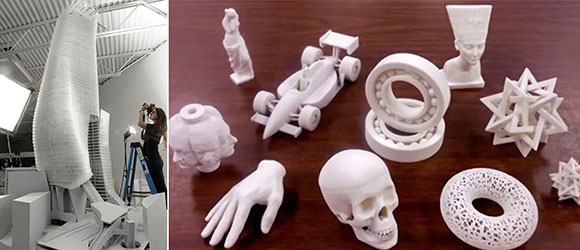
3D printing is the process in which a computer file becomes a physical object. The printing involves a nozzle extruding a filament material (plastic, powder, or liquid) a thin layer at a time, slowly building up the object.
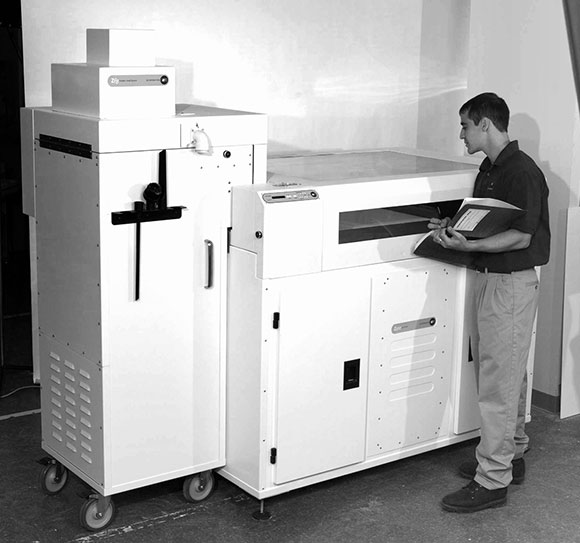
The first mention of 3D printing is within a 1945 short story by American writer Murray Leinster, discussed only as an idea. In 1971, American inventor Johannes F. Gottwald patented the first, though crude, 3D printer known as the Liquid Metal Recorder. Following that, Dr. Hideo Kodama of Japan published his 1980 findings for the seminal technology behind 3D printing as we know it today. Kodama called it “Rapid Prototyping.” And in 1982, Raytheon Technologies Corp. advanced the industry through a “method of fabricating articles by sequential deposition.” Then, a single 3D printer could cost over a $1 million.
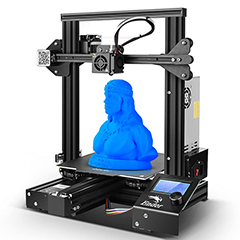
Today’s 3D printer finds it closest roots with American inventor Charles Hull’s machines of 1986. In the 1990s, think tanks at universities such as Stanford and Carnegie Mellon furthered the technology to allow more complex geometries and filament material advancements. Fast forward to the 2000s. Previous patents expired ushering in companies with 3D printers for the mass consumer market at (relatively) reasonable costs. The first commercial printer sold in Riverhead, New York, for $300,000.
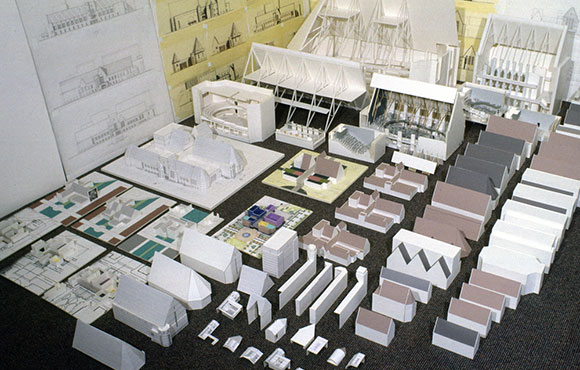
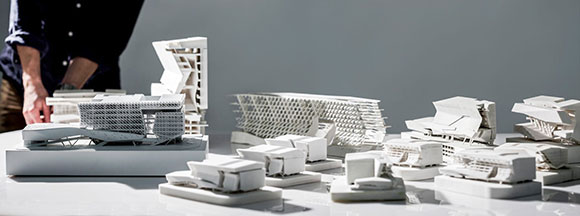
At Poon Design, our desktop 3D printer was only $3,000. For architects, the idea of prototyping, a mainstay of Design Thinking, was supported by 3D printing. Rather than the laborious and time-consuming tasks of making physical chipboard and wood models, digital files could test new ideas, then be 3D printed. A wide array of ideas were generated quickly—often left to print overnight as architects slept.
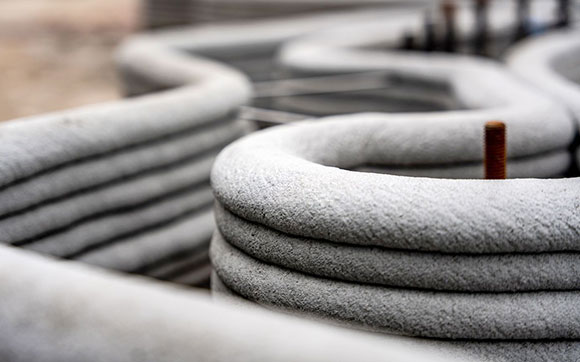
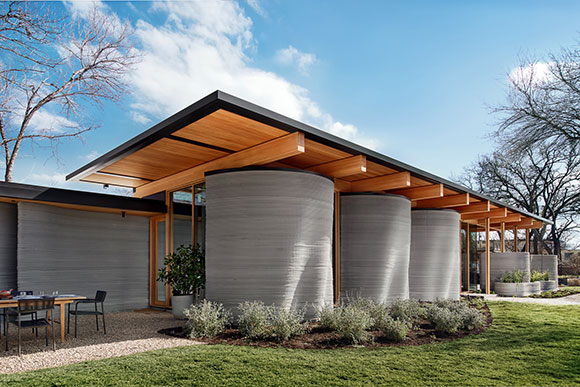
Beyond architectural models, 3D printing can produce objects from tools to toys, clothing to car parts, furniture to prosthetics. The next chapter was inevitable: printing a whole house. With a large nozzle at the end of a robotic arm, a concrete-base material can print an entire residence, typically of curvilinear shapes due to the continuity required in the additive process.
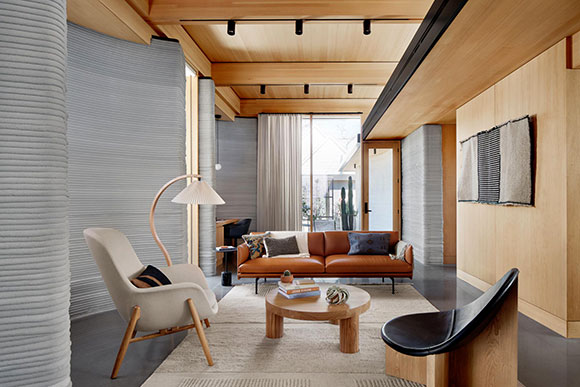
Quieter and more efficient, this process is nearly autonomous with limited human oversight, other than the usual monitoring that one does, like when paper jams a photocopier. Whereas a typical house takes a year to construct, a 3D printed house can be created in a day on the property or within a factory—and with little waste and end-of-life biodegradability. And a 3D printed house can have 30% cost savings.
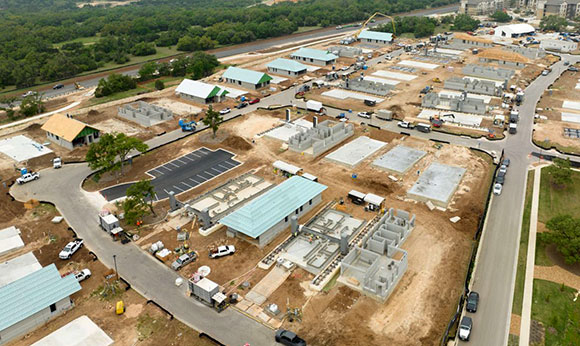
The ambition continues currently at Georgetown, Texas, aimed to be the largest 3D printed community: 100 homes, 1,500 to 2,000 square feet each, with a price tag of $500,000 to $600,000. As building codes and the architecture and construction industry catches up with this technology, the next chapter could involve printing affordable housing, apartment complexes, commercial buildings, and infrastructure such as bridges and overpasses.
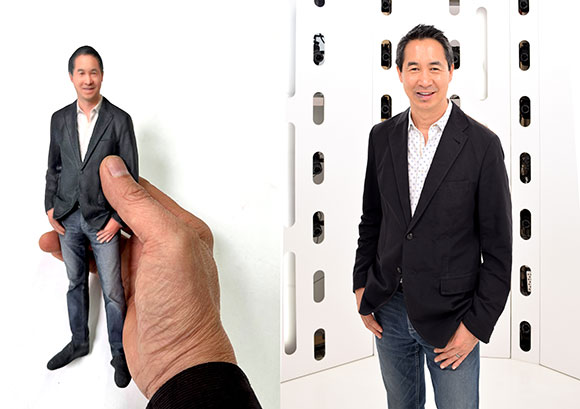
With advancements in material sciences, robotics, and AI, what’s next? Rather than transporting components of a space station, say, to the moon, all one may need is the 3D printer. With it, one can print the buildings and the furniture within, as well as vehicles, tools to make repairs, and plates to serve meals.
